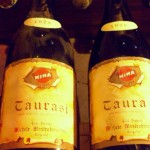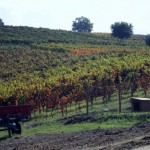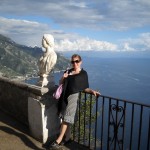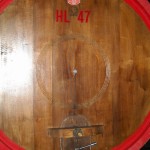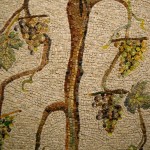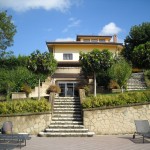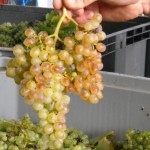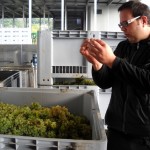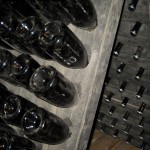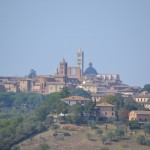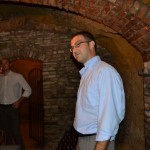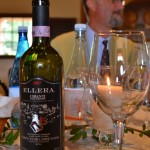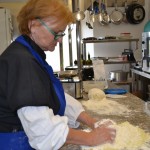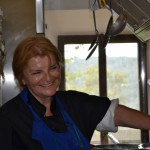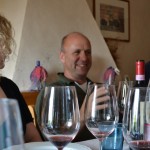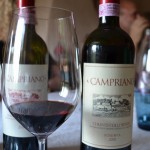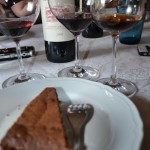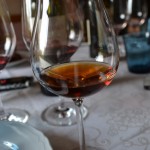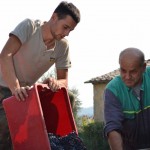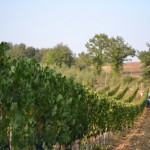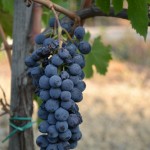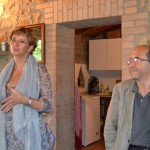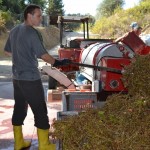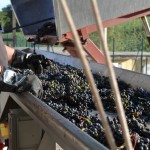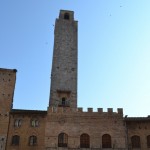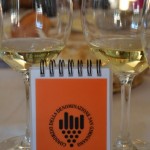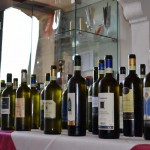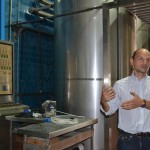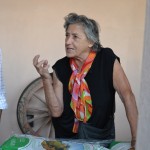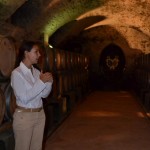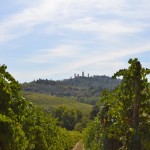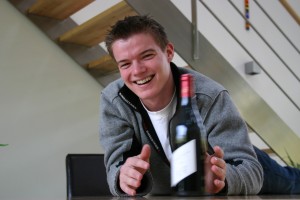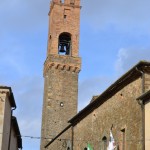 The Ides of March is upon us, so all Caesars are cautioned to beware. And, while you may not be able to trust Brutus, you can feel confident about the most recent releases from Brunello di Montalcino, with three stellar vintages all now available in the market: 2006 Brunello di Montalcino Reserva, 2007 Brunello di Montalcino and 2010 Rosso di Montalcino.
The Ides of March is upon us, so all Caesars are cautioned to beware. And, while you may not be able to trust Brutus, you can feel confident about the most recent releases from Brunello di Montalcino, with three stellar vintages all now available in the market: 2006 Brunello di Montalcino Reserva, 2007 Brunello di Montalcino and 2010 Rosso di Montalcino.
Although Brunello di Montalcino doesn’t quite date as far back as Julius Caesar’s time, the origin of this Tuscan wine traces its heritage to a mention in an historical document dated 715. Production centers near the hilltop (monte) town of Montalcino, which takes its name from the oak trees (leccio) found growing there. The town’s vertical advantage placed it in a strategic position since its inhabitants could clearly see who was traveling on the main road between Florence and Rome during the Middle Ages. Consequently, the city maintained its independence as a municipality for centuries before the Medici’s took possession in 1559.
The history of Brunello itself stems from 1869 when Clemente Santi defined the wine. Santi won an award for his 100% Sangiovese wine that, aged for a long period of time, was unusual for his integration of advanced racking and barrel-ageing techniques that had not been used previously. Several decades later, his grandson Ferruccio Biondi Santi built upon Clemente’s initial work, establishing strict production standards and, unlike his peers, focusing exclusively on a wine meant to be aged. Biondi Santi’s labors also isolated a particular clone of Sangiovese, known locally as Brunello, and in 1932, an Interministerial Commission described him as the inventor of Brunello.
Steeped in Medieval history, Montalcino offers visitors the chance to step back in time – thick stone walls, an imposing fortress and cobblestone streets transport you from 2012 to 1512. Yet, despite the ancient ambience, Montalcino embraces its decidedly commercial culture. Walking down the town’s narrow streets, one encounters wine shop, after wine shop, after wine shop, almost to the exclusion of all else. As a colleague remarked during a recent visit, at no time did we come across a hardware store or a place to buy non-touristic garments. Got wine? No problem. Got underwear? That’s another story.
Initially established as a DOC in 1966, Brunello was among the first denominations to be promoted to DOCG status, Italy’s highest quality wine level, in 1980. By then, it had achieved worldwide recognition as an ageworthy wine. Today, the denomination is home to 250 producers and, while the delimited area itself comprises 60,000 acres, only about 5,200 acres are planted to Brunello vineyards. Another 1,275 acres is given over to Brunello’s baby brother – Rosso di Montalcino. Whereas Brunello must be aged for a total of 5 years (or 6 years for Riserva) with at least two years in oak, the Rosso wines may be released immediately.
The square-shaped region is home to four rivers and valleys and is situated midway between the center of Italy and the sea. Moreover, the area is slightly further south than Chianti Classico and Montepulciano. Accordingly, the Mediterranean climate provides a warmer and drier climate than these other two regions, impacting the ripeness and tannin development of the grapes. With richer cherry fruit and less vegetal notes than Chianti Classico (and less earthy ones than Vino Nobile di Montepulciano), these tannic wines need time to truly develop as evidenced by the beauty found in both the 1995 Col d’Orcia and 1994 Villa Poggio Salvi described below. Hailed as a five-star vintage, the 2007s will have similar staying power and should be laid down in the cellar and perhaps forgotten about until the Ides of March circa 2024.
Camigliano 2007 Brunello di Montalcino, Tuscany, Italy, $40.00
With aromas of cherry, slight earth and hint of oak, this dry wine is light and elegant with bright acidity, medium tannins and cherry dominating the palate.
Capanna 2007, Brunello di Montalcino, Tuscany, Italy, $41.00
Aged for four years, this wine is classic with rich and concentrated aromas of cherry, anise and wood, culminating in long length.
Fanti 2007 Brunello di Montalcino, Tuscany, Italy, $45.00
A combination of black cherry and sour cherry, the aromas are repeated on the palate, with firm tannins and nice length.
Il Poggione 2007, Brunello di Montalcino, Tuscany, Italy, $69.00
This wine is beautifully rich with cherries and balsam notes on both the nose and palate. The concentrated flavors linger throughout the wine’s long length.
Col d’Orcia Riserva Poggio Al Vento 1995, Brunello di Montalcino, Tuscany, Italy, $85.00
This wine saw four years in oak and two years in bottle before being released. Now, 17 years after its initial production, it is showing development on both the nose and palate and offered dried fruit, herbs and cherries.
Villa Poggio Salvi 1994 Brunello di Montalcino, Tuscany, Italy, $NA
Almost Barolo-like in its black fruit character, this wine also offers dried herbs and fig notes. However, its body was lighter than the Col d’Orcia 1995.


